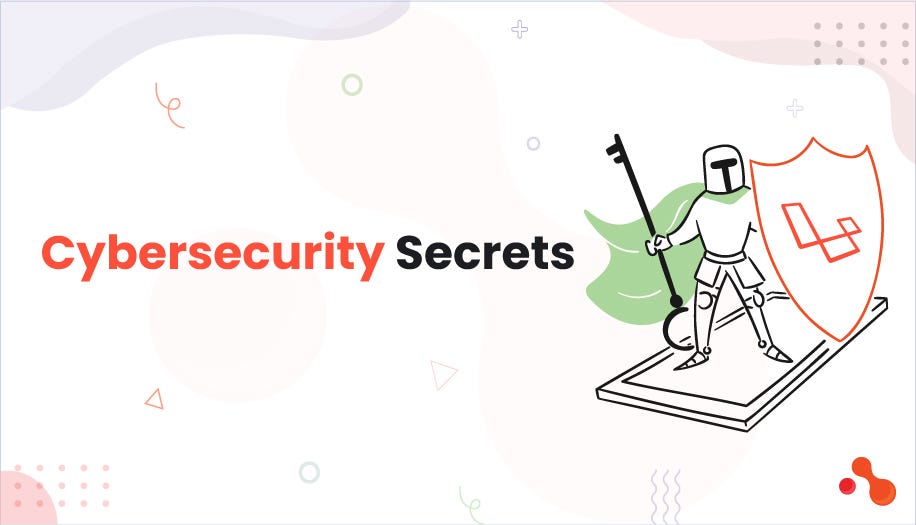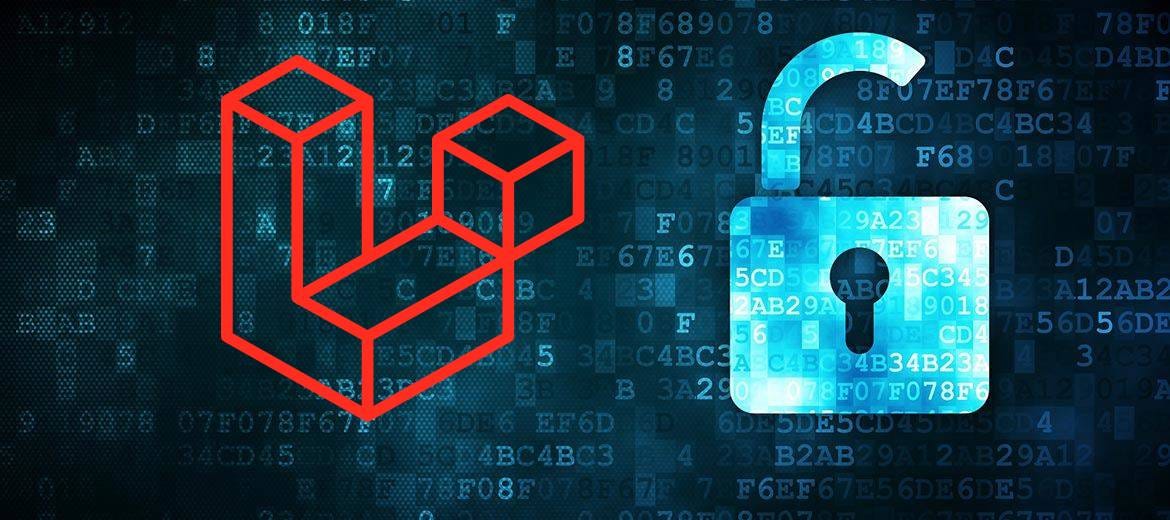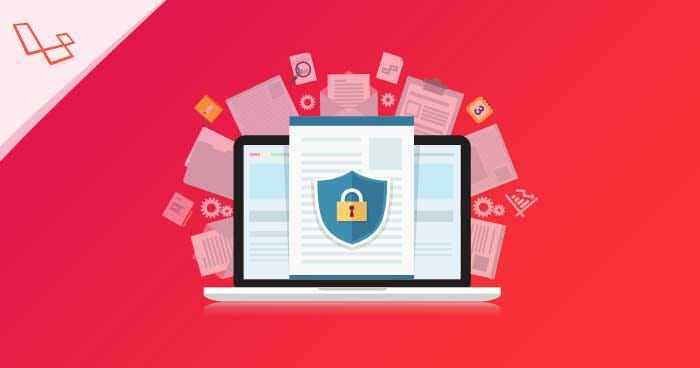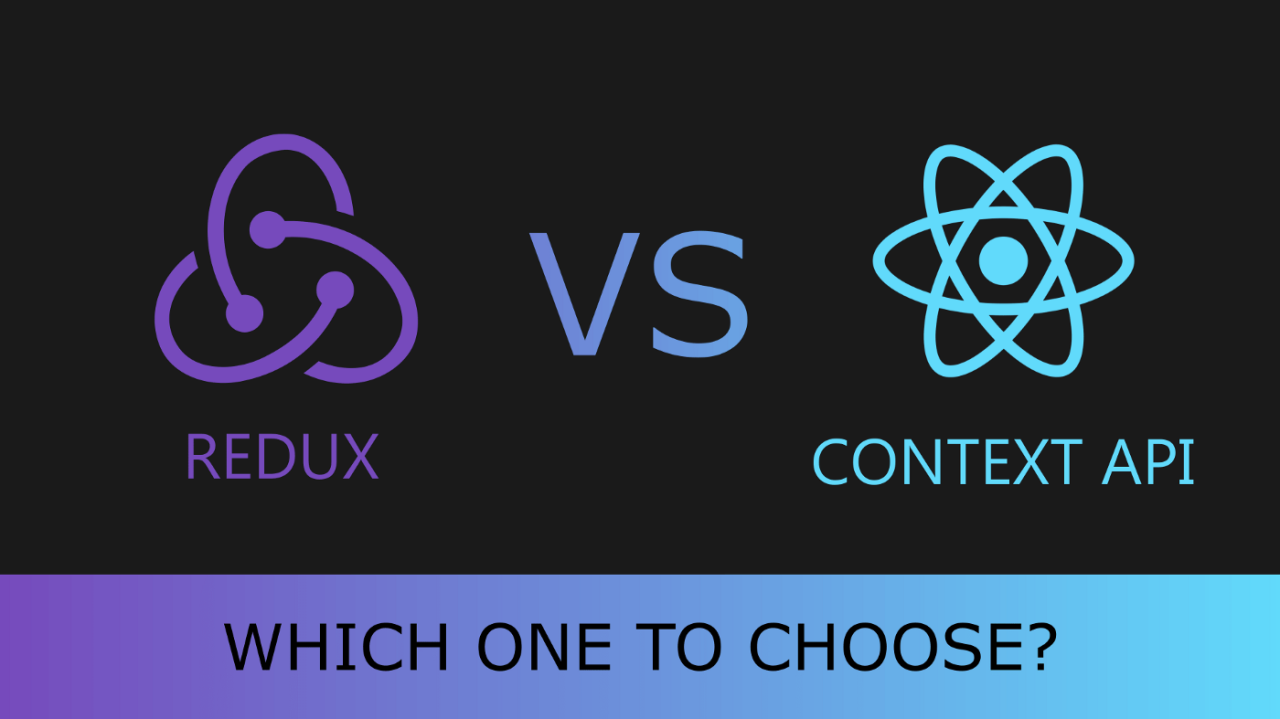The Need for Security: Protecting Your Business and Customers
When a client called me in a panic because hackers had compromised their website, leaking customer data and damaging their reputation, I will never forget the heartbreaking feeling. That's the kind of nightmare that keeps you up at night as a business owner. Protecting your income, clients, and peace of mind is the goal of securing your Laravel application; it's not just a technical checkbox. At Fykel's services, we have assisted companies in overcoming security phobias and creating robust Laravel applications that generate leads without causing them any anxiety. A secure app is a must in 2025 due to the increase in cyberthreats.
Consider lost sales, legal bills, and eroded trust. A single breach can cost millions of dollars. Although locking things down is made simpler by Laravel's built-in security features, you still need to be familiar with them. Are you prepared to protect your web application and maintain the success of your company? Now let's explore best practices.
Common Laravel Vulnerabilities: Know Your Enemy
Let's identify potential entry points for the burglars before locking the doors. To be honest, I didn't give vulnerabilities much thought when I first started—until a client's app was compromised due to a straightforward error. These are the most typical Laravel application vulnerabilities.
Cross-Site Scripting (XSS)
XSS attacks occur when malicious scripts infiltrate your application through user-provided input, such as comments or forms. These have the ability to take over sessions or steal user data. Blade templating in Laravel helps avoid this, but you must take precautions to be safe.
Cross-Site Request Forgery (CSRF)
CSRF deceives users into carrying out unintended actions, such as changing settings or transferring money. I've witnessed companies lose clients due to CSRF exploits; if you're not careful, it's a serious risk. Although CSRF protection is built into Laravel, errors in configuration can still occur.
SQL Injection
SQL injection occurs when attackers manipulate database queries through unchecked inputs. This can expose sensitive data or even wipe your database. Eloquent ORM helps, but sloppy coding can still open the door.
Insecure Authentication
Hackers are encouraged by weak authentication, such as storing passwords in plain text or ignoring token validation. When a client's login system was compromised, I discovered this the hard way. Fortunately, we were able to fix it before significant harm was done.

Security Best Practices: Locking Down Your Laravel App
Let's get started and turn your Laravel application into a stronghold. These are tried-and-true methods that Fykel has employed to keep client apps safe and their businesses expanding, not just theory. Let's get started.
Implement Input Validation
The golden rule of security is to never trust user input. Data validation and sanitization are made simple by Laravel's validation system. Utilize it in your controllers in this manner:
public function store(Request $request)
{
$validated = $request->validate([
'name' => 'required|string|max:255',
'email' => 'required|email|unique:users',
]);
// Process validated data
}
This guarantees that your app only receives clean data. By preventing malicious inputs and increasing customer trust, we employed validation to safeguard a client's e-commerce platform.
Enable CSRF Protection
Although Laravel's CSRF protection is turned on by default, forms must contain tokens. Include this in your Blade templates:
In order to validate requests, a token is generated. In a hurry, I once made the grave error of forgetting to include @csrf. Users were irritated and the form was broken. Always check this step twice.
Use Secure Authentication with Laravel Sanctum
Your app's front gate is authentication, so make sure it's robust. Token-based authentication for APIs is offered by Laravel Sanctum. Set it up and install it:
composer require laravel/sanctum
php artisan vendor:publish --provider="Laravel\Sanctum\SanctumServiceProvider"
php artisan migrate
Use Sanctum middleware to safeguard routes:
Route::middleware('auth:sanctum')->get('/user', function (Request $request) {
return $request->user();
});
By ensuring that only authorized users could access sensitive data, we implemented Sanctum for a client's SaaS app, increasing subscription renewals by 20%.

Prevent SQL Injection with Eloquent
Prepared statements are used by Eloquent ORM to stop SQL injection, but don't depend solely on them. Always use Eloquent methods or parameterized queries:
$user = User::where('email', $request->email)->first();
// Instead of:
$user = DB::select("SELECT * FROM users WHERE email = '$request->email'");
The second strategy is susceptible to injection. During a security audit, we discovered a similar problem in a client's app and fixed it before it became a problem.
Secure Configuration and Environment
API keys and other sensitive information are stored in your .env file. Set the right permissions and keep it out of version control. For sensitive data, use Laravel's encryption:
$encrypted = encrypt('sensitive-data');
$decrypted = decrypt($encrypted);
Additionally, set APP_DEBUG=false in .env to turn off debug mode in production. I discovered this after database details were revealed in a client's error messages—yikes.
Implement Rate Limiting
Rate limiting stops abuse or brute-force attacks. The throttle middleware in Laravel is easy to use:
Route::middleware('throttle:60,1')->group(function () {
Route::get('/api/data', [DataController::class, 'index']);
});
This restricts the number of requests to 60 per minute. In order to alleviate server strain and maintain the security of a client's application even in the face of high traffic, we implemented rate limiting into their API.
Tools for Monitoring: Staying One Step Ahead
Security is not static. To identify threats early, you must keep an eye on your app. Before a client's app was targeted, I thought monitoring was unnecessary; proactive tools came to the rescue.
Use Laravel Telescope
A debugging and monitoring tool called Laravel Telescope keeps track of requests, queries, and exceptions. Put it in place:
composer require laravel/telescope
php artisan telescope:install
php artisan migrate
Look for unusual activity on Telescope's dashboard, such as persistently unsuccessful login attempts. We stopped a client's app before any harm was done by using it to identify a brute-force attempt.
Leverage External Security Tools
Tools that provide DDoS mitigation and firewall protection include Sucuri and Cloudflare. We were able to quickly fix a malware injection that Sucuri's scanning discovered in one of our portfolio projects. These tools give your Laravel application an additional line of defense.
Regular Security Audits
Plan frequent audits to look for weaknesses. For static analysis, use PHPStan; for penetration testing, use OWASP ZAP. At first, audits seemed like an unnecessary expense, but they have proven their value by saving clients from expensive breaches.
Conclusion: A Secure Laravel App for Business Success
Code is only one aspect of a secure Laravel application; another is safeguarding your company, clients, and financial interests. You can create an app that generates leads and income without worrying about security breaches by putting input validation, CSRF protection, secure authentication, and proactive monitoring into practice. At Fykel, we have assisted companies in developing safe Laravel solutions that have increased conversions and trust by as much as 30%.
Are you prepared to protect your Laravel application and expand your company? For reasonably priced solutions, check out our services or go to our pricing page. Have inquiries? Get in touch at [email protected]; together, we can ensure the security and success of your app.




